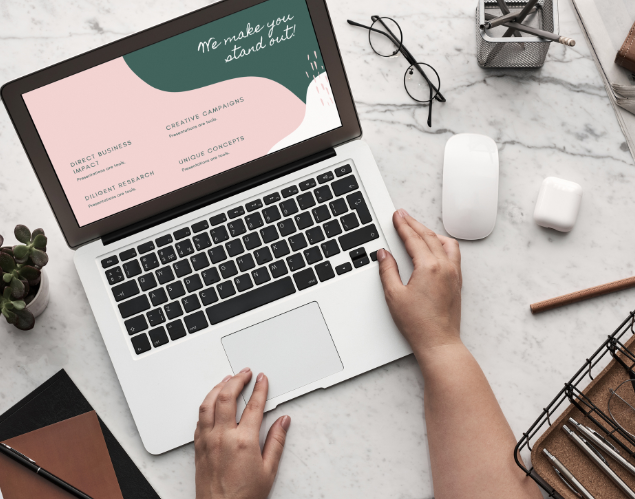When it comes to job retention, promotions, and raises, who will it be: the onsite employee, the remote worker, or the hybrid staff member? Read on and decide for yourself.

It’s not earth-shattering news that in the post-pandemic landscape, employees who got a taste for working remotely are apt to want to keep it that way. Let’s face it… remote employment has its perks. No one is (literally) looking over your shoulder. You can remain makeup-less and in your pajamas all workday long if you so choose (providing there’s no Zoom meeting, that is.) You could even alternate from diverting your attention from your laptop to your lap dog at will.

But there is a flip side, one that might make the difference between keeping your job versus having to find a new one. Because some of the benefits remote workers enjoy—such as no commute, saving money on lunches, and not having to deal with coworkers blabbing about their fantasy teams—appear to come at a cost.

According to employment data provider Live Data Technologies, a recent article states that people who worked five days per week at home were 35% more likely to be laid off last year compared to employees who came into the office. The stats further show remote workers seeing promotions 31% less frequently than office workers. And just under 4% of remote employees received position upgrades last year while 5.6% of hybrid or in-person workers advanced, according to the data. Experts attribute the trend to a lack of personal connection with managers, who tend to cut remote workers first when payrolls are trimmed.

As the leading recruiter to the interior design and architecture industry, I’ve observed that many candidates still think they can/should work remotely. However, our clients tend to feel differently. Most are not in favor of having remote employees, and the vast majority prefer having their staff onsite five days a week. The reality is, working virtually never really became a “thing” in our industry. According to most of the top interior design firms I communicate with daily, their teams returned to the office as soon as they were able to post-Covid.
True, there are some firms that fully embraced this lifestyle and indeed, it is a lifestyle. But most of our clients would rather their design teams collaborate in person—whether its brainstorming on a car ride to a jobsite, being able to walk into the library and grab a sample to present at a meeting, or otherwise. In the design business, a lot of creativity happens spontaneously… not just at dedicated meeting times and days in the office.

Now, the “best of both worlds” scenario of hybrid work leaves something for design business owners to seriously consider. Another article, this one by Cory Smith at The National Desk, explains that the trend (and preference) towards hybrid employment isn’t going away, meaning companies will need to get more intentional with long-term strategies. To paraphrase: Communication, collaboration, culture, and creativity happen less organically with hybrid workers, so companies need to be more intentional and adapt to managing a team in a hybrid work environment. In his article, Smith quotes Ben Wigert, the director of research and strategy for workplace management at Gallup, as follows:
“The future of the office has arrived for the foreseeable future, and it is hybrid,” he said. “I think the big focal point and hopefully change for 2024 is organizations are going to have to get more serious about crafting a long-term hybrid strategy and supporting (hybrid workers) in the right ways.”
In this dynamic market, it will be interesting to see who retains their job, who gets promoted, and who gets let go.

Will it be the remote worker or the onsite staff member? Or will it be hybrid employee who prevails?
Time will tell.
-Lloyd Princeton
(links to referenced articles):















